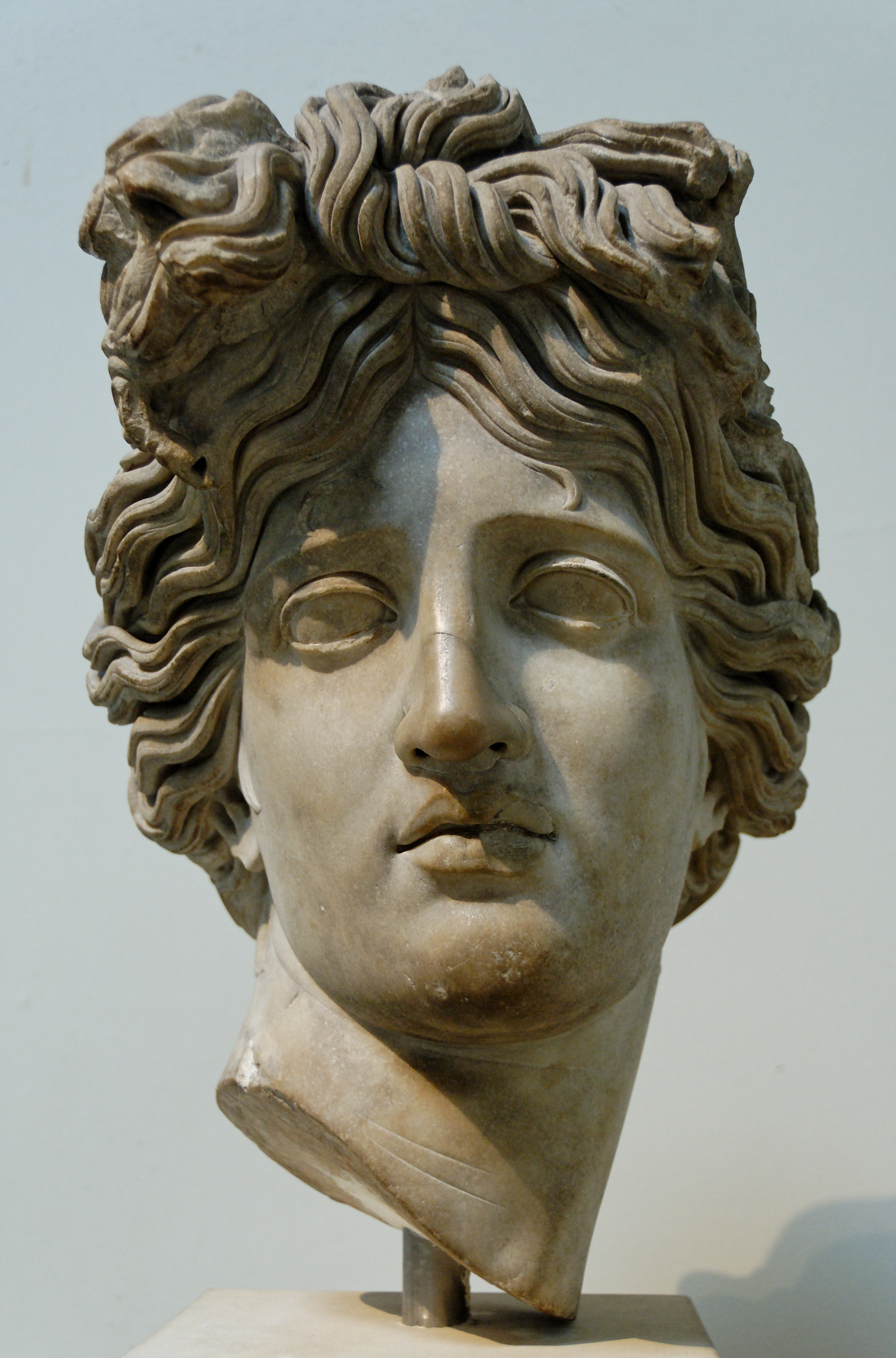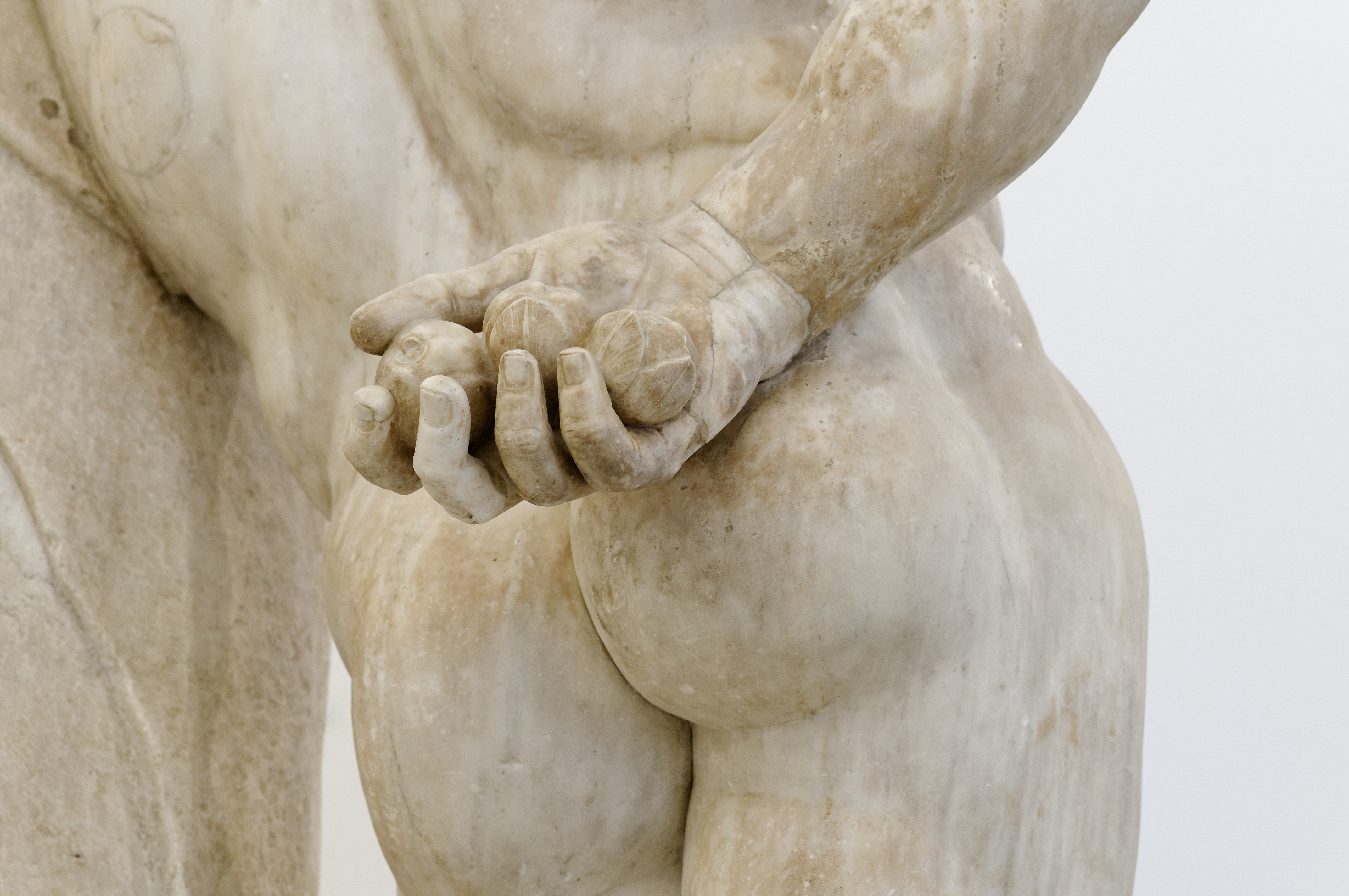|
Cornelius Van Der Geest
Cornelis van der Geest (1555 – 10 March 1638) was a spice merchant from Antwerp, who used his wealth to support the Antwerp artists and to establish his art collection. He was also the dean of the haberdashers guild. Art collection He is best known today for his art collection. He was portrayed repeatedly by Anthony van Dyck including in the 1620 Portrait of Cornelis van der Geest. Willem van Haecht, whom he had hired as curator, painted his "Cabinet of Curiosities, constcammer" several times, including a view of the visit of Albert VII, Archduke of Austria and Isabella Clara Eugenia to his art collection. He owned two paintings by Quentin Matsys, one of which, a ''Madonna'', can be seen in the Van Haecht painting. Other works included in that view are ''Women at her toilet'' by Jan van Eyck, a still life by Frans Snyders, ''Ceres Mocked'' by Adam Elsheimer, ''Danaë'' by Van Haecht, ''Battle of the Amazons'' and a portrait by Peter Paul Rubens, ''Peasant Company with Woman maki ... [...More Info...] [...Related Items...] OR: [Wikipedia] [Google] [Baidu] |
Van Der Geest
Van der Geest is a Dutch surname. Notable people with the surname include: *Cornelis van der Geest (1577–1638), Flemish businessman *Dennis van der Geest (born 1975), Dutch judoka *Elco van der Geest (born 1979), Dutch-born Belgian judoka *Jack van der Geest (1923–2009), Dutch concentration camp survivor *Frank van der Geest (born 1973), Dutch association football and beach soccer goalkeeper *Simon van der Geest (born 1978), Dutch writer and poet {{surname Dutch-language surnames ... [...More Info...] [...Related Items...] OR: [Wikipedia] [Google] [Baidu] |
Pieter Aertsen
Pieter Aertsen (1508, Amsterdam – 2 June 1575, Amsterdam), called ''Lange Piet'' ("Tall Pete") because of his height, was a Dutch painter in the style of Northern Mannerism. He is credited with the invention of the monumental genre scene, which combines still life and genre painting and often also includes a biblical scene in the background. He was active in his native city Amsterdam but also worked for a long period in Antwerp, then the centre of artistic life in the Netherlands. His genre scenes were influential on later Flemish Baroque painting, Dutch still life painting and also in Italy. His peasant scenes preceded by a few years the much better-known paintings produced in Antwerp by Pieter Bruegel the Elder. Career Aertsen was born in Amsterdam, and was apprenticed to Aertgen van Leyden, Allaert Claesz. He later travelled to the Southern Netherlands and took up residence in Antwerp, first with his compatriot Jan Mandijn. Aertsen became a member of Antwerp's Guild of Sa ... [...More Info...] [...Related Items...] OR: [Wikipedia] [Google] [Baidu] |
Portrait Of A Commander
''Portrait of a Commander'' or ''A Commander Being Dressed for Battle'' is a portrait of an unknown man in plate armour, by Peter Paul Rubens. In July 2010 it was sold for £9 million by Christie's after Sotheby's turned it down, suspecting its authenticity as a Rubens. In December 2011, the portrait was placed on loan with the Metropolitan Museum of Art in New York. Description The painting, done in oil on panel, measures 48.25 × 38 3/8 in. (122.6 × 98.2 cm). It depicts a military commander, as shown by his baton, being dressed by pages. The identity of the commander is unknown, although Charles V, Cornelis van der Geest, and the Duke of Alba have all been identified as possible subjects. The Christie's cataloguer felt that the commander appears too idealized to be an actual person. The painting has been praised for its crisp and intense hue and the reflective properties of the armour. If by Rubens, it would have been painted around 1613. History The provenance of the w ... [...More Info...] [...Related Items...] OR: [Wikipedia] [Google] [Baidu] |
The Battle Of The Amazons (Rubens)
''The Battle of the Amazons'' or ''Amazonomachia'' is an oil on wood painting produced around 1618.Peter Paul Rubens, ''Battle between horsemen'' at the It shows an , i.e. a mythological battle between the and the , a nation of a ... [...More Info...] [...Related Items...] OR: [Wikipedia] [Google] [Baidu] |
The Reconciliation Of Esau And Jacob
''The Reconciliation of Esau and Jacob'' is a 1624 painting by Peter Paul Rubens. Originally in the Spanish royal collection, it was sent to Germany by Maria Anna of Neuburg (wife of Charles II of Spain) to her brother Johann Wilhelm. It is now in the Staatsgalerie Schleissheim near Munich. History It shows the biblical story of meeting between Jacob and Esau. It was the model for a painting by Abraham Willemsen. website; ''The Meeting of Jacob and Esau'', by Abraham Willemsen, now at . This painting was featured in 's ''Gallery of ... [...More Info...] [...Related Items...] OR: [Wikipedia] [Google] [Baidu] |
The Money Changer And His Wife
''The Money Changer and His Wife'' is a 1514 oil-on-panel painting by the Flemish Renaissance artist Quentin Matsys, currently in the Louvre. Painting A man, who is weighing the jewels and pieces of gold on the table in front of him sits next to his wife who is reading a book of devotion with an illustration of the Virgin and Child.Catalog entry in museum website The couple is not dressed as members of nobility, but rather as well-to-do burghers of , where the painting was made. At the time, Antwerp had grown with the influx of many southern immigrants fleeing the |
Daniel Seghers
Daniel Seghers (3December 15902November 1661) was a Flemish Jesuit brother and Flemish Baroque painter, painter who specialized in flower still lifes. He is particularly well known for his contributions to the genre of flower garland painting.Irene Haberland, "Seghers, Daniel," ''Grove Art Online''. Oxford University Press, [accessed 15 February 2015]. His paintings were collected enthusiastically by aristocratic patrons and he had numerous followers and imitators.John Rupert Martin, "A Portrait of Rubens by Daniel Seghers," ''Record of the Art Museum, Princeton University'', vol. 17 (1958), pp. 2–20. Life Seghers was born in Antwerp. He moved with his mother to the Dutch Republic, probably Utrecht around 1601, following the death of his father Pieter and the conversion of his mother to Calvinism. [...More Info...] [...Related Items...] OR: [Wikipedia] [Google] [Baidu] |
Paul Bril
Paul Bril (1554 – 7 October 1626) was a Southern Netherlands, Flemish painter and printmaker principally known for his Landscape art, landscapes.Nicola Courtright. "Paul Bril." Grove Art Online. Oxford Art Online. Oxford University Press. Web. 26 September 2016 He spent most of his active career in Rome. His Italianate landscapes had a major influence on landscape painting in Italy and Northern Europe.Paul Bril, Landscape with Diana and Callisto at the Louvre Museum Life [...More Info...] [...Related Items...] OR: [Wikipedia] [Google] [Baidu] |
Madonna And Child Kissing
''Madonna and Child Kissing'' is a 1520s oil on panel painting by the Flemish renaissance artist Quentin Matsys in the collection of the Rijksmuseum, Amsterdam, on loan to the Mauritshuis. Painting Mary, holding two cherries with her right hand, sits kissing her child who sits next to her on a pedestal inside a richly decorated throne with a view of a castle on a river beyond. Lying on a banister in the foreground are a bunch of grapes (referring to the wine of the Eucharist) and an apple (symbol of the Fall of Man). There are several known versions of this painting, made popular by a 1628 painting by Willem van Haecht of ''The Gallery of Cornelis van der Geest''. That ''Madonna of the Cherries'' painting was the subject of an anecdote published in 1648 by Frans Fickaert (1614–1654) in which he stated that on 23 August 1615, while on a visit, the Archduke attempted to buy it from Van der Geest but was refused. He claimed it was in the possession of Van der Geest who decli ... [...More Info...] [...Related Items...] OR: [Wikipedia] [Google] [Baidu] |
Woman Bathing (van Eyck)
''Woman Bathing'' (or ''Woman at Her Toilet'', sometimes ''Bathsheba at Her Toilet'') is a lost early 15th century panel painting by the Early Netherlandish artist Jan van Eyck. It is known through two copies which diverge in important aspects;Seidel, 38 one in Antwerp and a more successful but smaller c. 1500 panel in Harvard University's Fogg Museum, which is in poor condition.Schabacker; Jones, 56 It is unique in van Eyck's known oeuvre for portraying a nude in secular setting, although there is mention in two 17th-century literary sources of other now lost but equally erotic van Eyck panels.Schabacker; Jones, 59 The attribution of either panel to an original by van Eyck is usually not contested; while it may be doubted whether either copy was completed until one or two generations after his early death c. 1441, it is accepted that neither is a forgery or wishful thinking. Art historians broadly consider it likely that both were copied from a single source, that is, one is not ... [...More Info...] [...Related Items...] OR: [Wikipedia] [Google] [Baidu] |
Apollo Belvedere
The ''Apollo Belvedere'' (also called the ''Belvedere Apollo'', ''Apollo of the Belvedere'', or ''Pythian Apollo'') is a celebrated marble sculpture from classical antiquity. The work has been dated to mid-way through the 2nd century A.D. and is considered to be a Roman copy of an original bronze statue created between 330 and 320 B.C. by the Greek sculptor Leochares. It was rediscovered in central Italy in the late 15th century during the Italian Renaissance and was placed on semi-public display in the Vatican Palace in 1511, where it remains. It is now in the ''Cortile del Belvedere'' of the Pio-Clementine Museum of the Vatican Museums complex. From the mid-18th century it was considered the greatest ancient sculpture by ardent Neoclassicism, neoclassicists, and for centuries it epitomized the ideals of perfection#Aesthetics, aesthetic perfection for Europeans and westernized parts of the world. Description The Greek god Apollo is depicted as a standing Archery, archer havi ... [...More Info...] [...Related Items...] OR: [Wikipedia] [Google] [Baidu] |
Farnese Hercules
The ''Farnese Hercules'' () is an ancient statue of Hercules made in the early third century AD and signed by Glykon, who is otherwise unknown; he was an Athenian but he may have worked in Rome. Like many other Ancient Roman sculptures it is a copy or version of a much older Greek original that was well known, in this case a bronze by Lysippos (or one of his circle) that would have been made in the fourth century BC. This original survived for over 1500 years until it was melted down by Crusaders in 1205 during the Sack of Constantinople. The enlarged copy was made for the Baths of Caracalla in Rome (dedicated in 216 AD), where the statue was recovered in 1546, and is now in the Museo Archeologico Nazionale in Naples. The heroically-scaled ''Hercules'' is one of the most famous sculptures of antiquity, and has fixed the image of the mythic hero in the European imagination. The ''Farnese Hercules'' is a massive marble statue, following a lost original that was cast in bronze ... [...More Info...] [...Related Items...] OR: [Wikipedia] [Google] [Baidu] |







